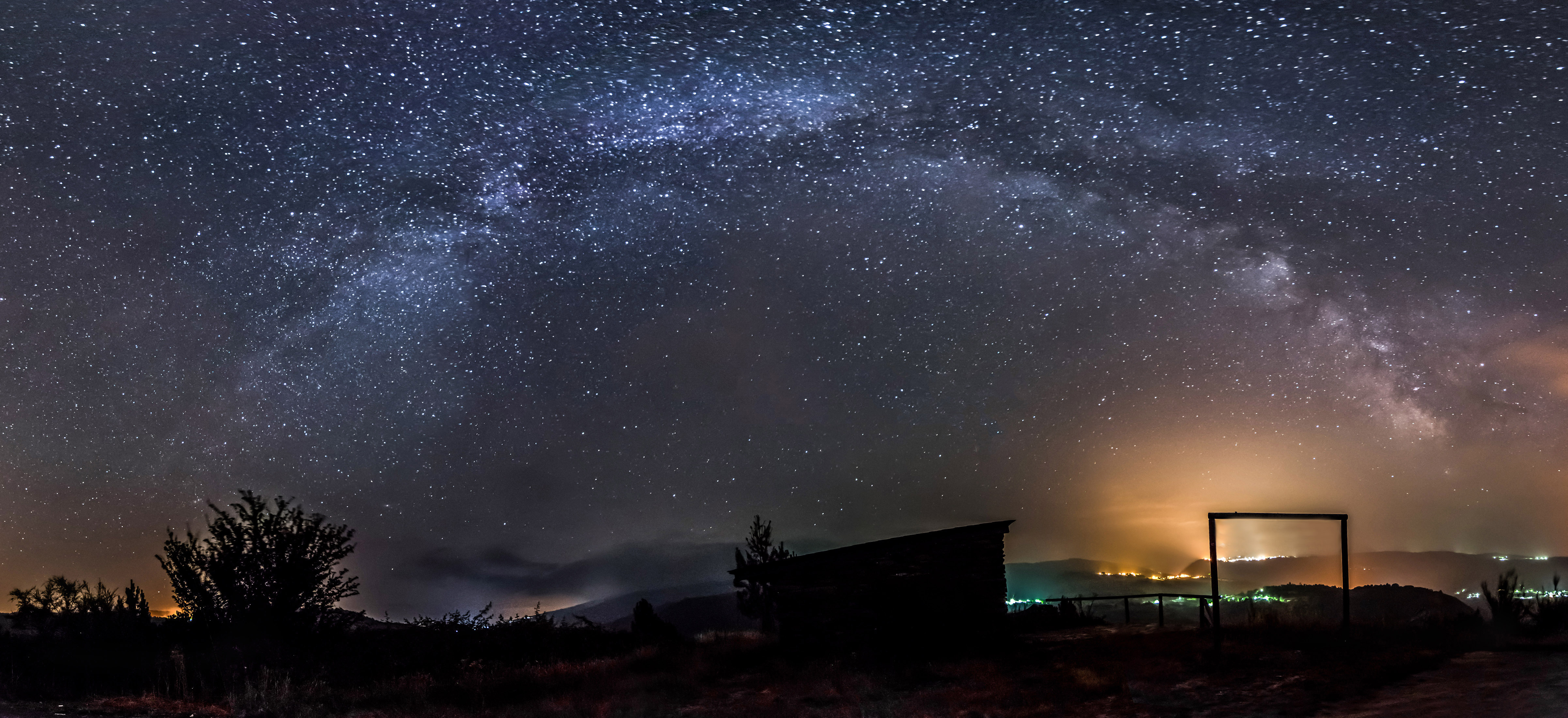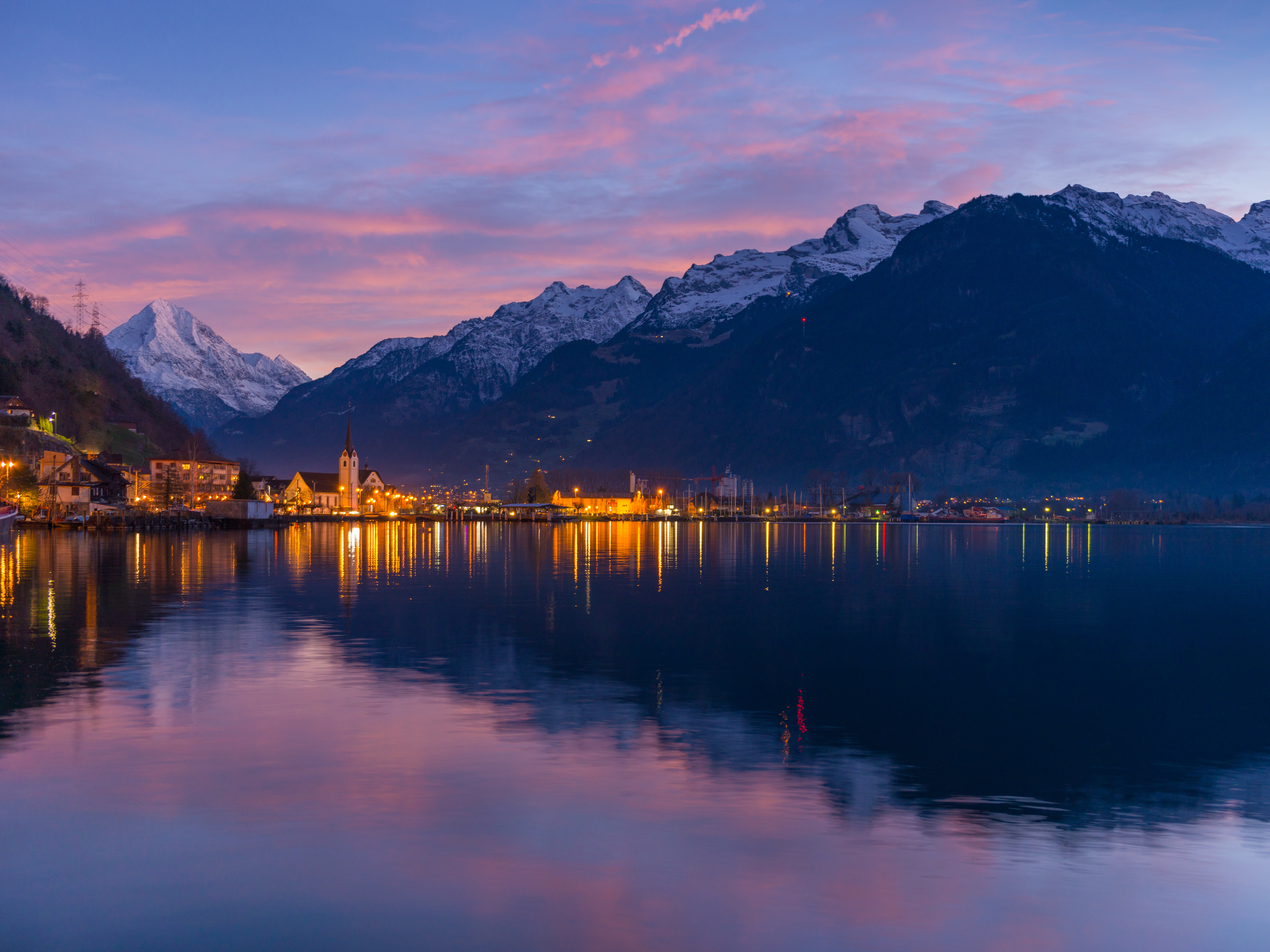
E-land
LogIn
TO LEARN MORE
The E-LAND project
What is it all about?
With increasing penetration of renewable energy resources and high expectations from
end-users for energy reliability, we need to re-think how we connect and exploit our
available energy resources, to fully take advantage of the synergies between them.
New investments in electric infrastructure will be costly, urging for alternative
solutions such as augmenting existing infrastructure in conjunction with new inexpensive
technologies.
With increasing penetration of renewable energy resources and high expectations from end-users for energy reliability, we need to re-think how we connect and exploit our available energy resources, to fully take advantage of the synergies between them.
New investments in electric infrastructure will be costly, urging for alternative solutions such as augmenting existing infrastructure in conjunction with new inexpensive technologies.



Innovative and economically viable solutions for extending the lifetime of current energy infrastructure will be in high demand. Incorporating more distributed renewable energy resources (RES) and storage assets at the edges of the electricity grid, and optimally balancing these assets with other energy-vectors, while extending the lifetime of current infrastructures, will not only be economically viable but at the same time decrease the level of carbonisation in local energy systems.
With challenges come new opportunities. The transition to a low-carbon, energy-efficient and climate-resilient economy will require a more decentralised, open system to be developed. It is also clear that the role of the consumer as a much more active player needs to be understood. E-LAND takes a bottom-up approach by first analysing the dynamics of the communities, where the actions are to take place. From there, can we address the needs of communites, instead of focusing only on the needs of the system operators. In addition, end-users will be involved as active members of the project to participate in the development of the different tools.